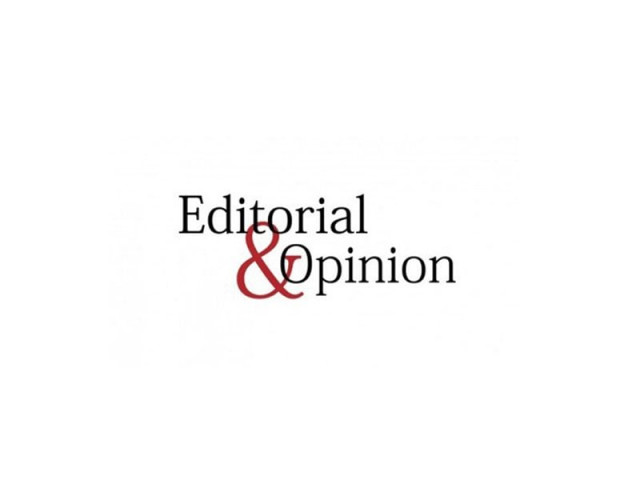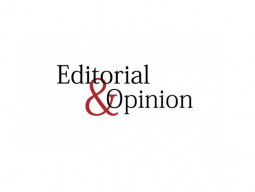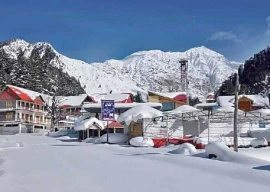
While a rise in the rate was expected, experts differed over how much. The 100-point rise comes as inflationary pressure, along with the current account deficit, takes its toll on Pakistan’s economy.
Announcing the monetary policy, SBP Governor Tariq Bajwa cited the near-term challenges faced by Pakistan — a reference to the current account and trade deficits that have eroded the country’s foreign exchange reserves — as reasons for yet another, and a big, rise in the rate. He claims that the economy will remain on track in the medium to long term.
The SBP move is targeted at cutting imports and reducing demand for dollars to stabilise foreign currency reserves that have been depleting rapidly in the last few months, in view of a huge import bill, repayments to international creditors and debt servicing. Besides, export proceeds, combined with remittances from abroad, have been unable to match the increase in imports, widening the current account deficit to $15.96 billion in the first 11 months of the previous fiscal year. Expenditures too have swelled significantly during the election year, with the fiscal deficit set to cross 7% of GDP.
Normal interest rate could only be expected in periods when the economy is performing normally or in a healthy way, but in situations — like the one currently being experienced by Pakistan — there seems to be no better option to go about.
Published in The Express Tribune, July 16th, 2018.
Like Opinion & Editorial on Facebook, follow @ETOpEd on Twitter to receive all updates on all our daily pieces.














COMMENTS
Comments are moderated and generally will be posted if they are on-topic and not abusive.
For more information, please see our Comments FAQ